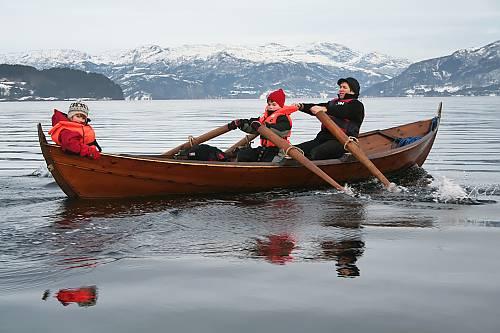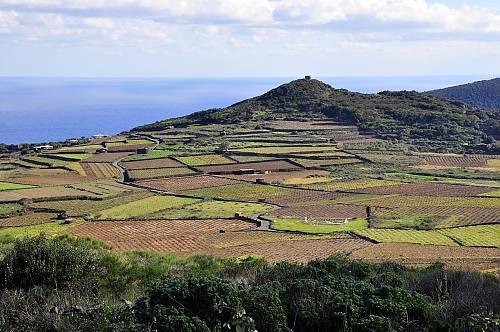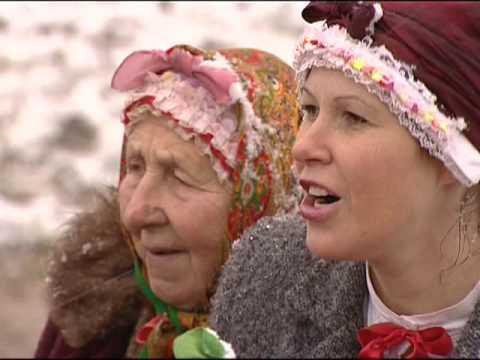Coffee drinking in Vienna is now on the UNESCO list of Intangible Cultural Heritage activities, along with Spanish flamenco and Portuguese fado. Austrian coffeehouses are, in the words of the UNESCO statement, places “where time and space are consumed but only coffee is found on the bill.”
Old Viennese coffeehouses are to be found on almost every street corner. Some have crystal chandeliers and plush sofas dating from the days of the Austro-Hungarian Empire, while others have a hushed, almost mythical atmosphere. There are also the small and cozy, with tiny tables and rather uncomfortable chairs.
Alfred Polgar, an Austrian essayist and coffeehouse fan, said: “A coffeehouse is a place for people who want to be alone but need company to do it with.”
There are many legends about how coffee found its way to Vienna. The one most people favour is about a Cossack, Georg Franz Kolschitzky, who sided with Leopold II, the Viennese Emperor when the Ottoman Empire tried to take Vienna in 1683. Leopold asked Kolschitzky to act as a scout and engage in a little spying. So, dressed as a Turkish soldier with a red fez on his head, Kolschitzky, who was a trader and could speak Turkish, went into enemy territory. He not only learned how to roast, brew and drink coffee, he returned to tell the Viennese about the invaders’ plans. Vienna was saved.
What Kolschitzky asked for in return was as follows: items the Turks left behind such as tents, guns, and what looked like camel fodder but were actually sacks of coffee beans. Kolschitzky opened one of the first coffeehouses in Vienna.
There is a street named after Vienna’s saviour, Kolschitzkygasse, as well as a statue of him pouring coffee from a Turkish coffee pot, resplendent in fez and Cossack boots, with a sword in its sheath hanging from his belt.
Finding Your Own Coffeehouse
Vienna was not the first European city to have a coffeehouse, but the tradition of meeting over a cup of coffee has been brought to perfection in Vienna. Some coffeehouses, such as the Mozart Café, still serve Turkish Delight (“lokum”) on the side if you order Turkish coffee. I think that the café most appreciated by weary art lovers is the one at Vienna’s famous Kunsthistorishes Museum, or Museum of Fine Arts.
Every coffeehouse has its own personality. Bohemians and artists still favour Café Hawelka on Dorotheergassse, where many of the paintings on the wall were given in payment for bills. There is also the legendary Café Landtmann, next door to Vienna’s famous Imperial Court Theatre (Burgtheater), where everyone from Freud and Mahler to Hillary Clinton and Queen Juliana has been. It is an ideal meeting place, easily reached from all parts of the city. If the headwaiter actually knows your name at the Landtmann, you are perceived as royalty.
Among the coffee houses with the UNESCO plaque are Café Weimar, Café Landtmann, and Café Prückel, all in the coveted First District of downtown Vienna. Coffee houses with music, usually piano music, are called concert cafés, and include the above-mentioned three cafés as well as Café Brannerhof and Café Central, among others.
You Can Stay for Hours
A glass of water always comes with the coffee, which is served on a small silver platter. A small spoon is placed on top of the cup if you order a Melange or certain other types of coffee, depending on the size of the cup or glass the coffee comes in. The water is a symbol to let you know you are welcome to stay indefinitely, reading newspapers, studying, chatting, writing or simply nursing your coffee, sip by sip.
Some coffeehouses supply chessboards, cards, or a billiard table. All coffeehouses also serve light meals or sandwiches while many serve full meals that are so delicious people come back every day. Coffee drinking is an art in Vienna!
Susan Hallett is an award-winning writer and editor who has written for The Beaver, The Globe & Mail, Wine Tidings, and Doctor’s Review, among others. She is currently the European editor of Taste & Travel International. Email: [email protected]





